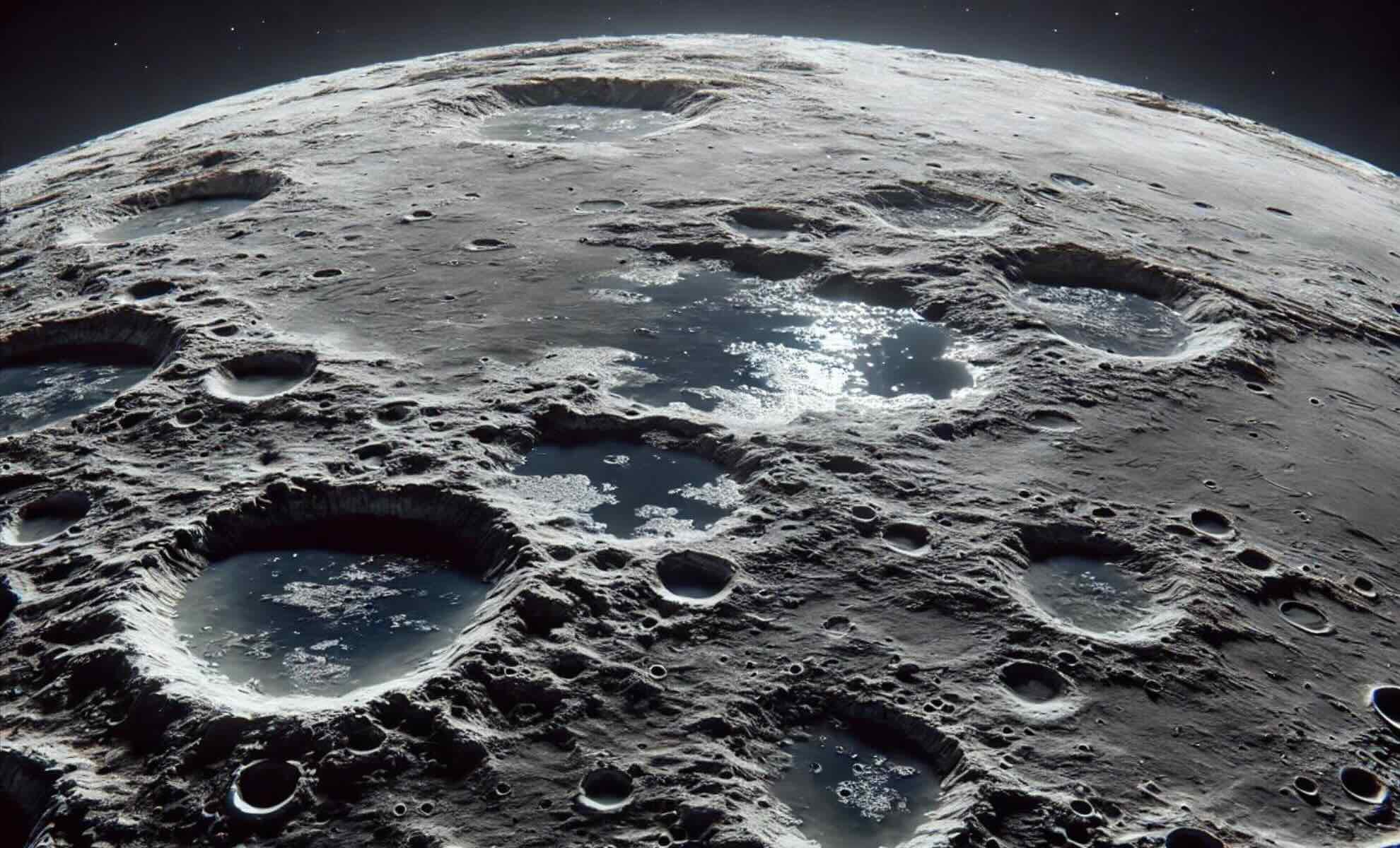For years, scientists believed water on the Moon was limited to icy craters near the poles. Now, new research has flipped that theory upside down. Using advanced data from NASA’s Moon Mineralogy Mapper (M3) on India’s Chandrayaan-1 mission, researchers have confirmed that water and hydroxyl molecules are spread across the entire lunar surface—not just the poles.
A New Look at Lunar Water
Earlier studies suggested that water could only survive in the Moon’s permanently shadowed craters, where ice is shielded from sunlight. But M3 data shows something surprising: traces of water and hydroxyl even in sunlit regions. This means parts of the Moon thought to be bone-dry may actually hold hidden resources.
The water appears to be locked in minerals, especially in the Moon’s rocky highlands. Roger Clark of the Planetary Science Institute explained, “Future astronauts may be able to find water even near the equator by targeting these water-rich rocks.” That discovery could reshape how space agencies plan future lunar bases, opening up many more potential landing sites.
The Role of Hydroxyl and Solar Wind
A big piece of the puzzle is hydroxyl (OH)—a molecule similar to water but made of just one hydrogen and one oxygen atom. Hydroxyl forms when charged particles from the Sun, known as solar wind, hit the Moon’s surface and react with minerals. Over millions of years, this process has created a thin but surprisingly stable layer of hydroxyl across much of the lunar surface.
While hydroxyl isn’t as immediately usable as liquid water, it can still be converted into valuable resources like oxygen and hydrogen. Some of it may even date back to volcanic activity or ancient impacts that reshaped the Moon. For scientists, this is not only a practical discovery but also a clue to the Moon’s complex history.
Mapping Water with Chandrayaan-1
The breakthrough was made possible by the Moon Mineralogy Mapper, which used infrared light to scan the Moon’s surface in detail. By analyzing reflected sunlight, scientists identified the “fingerprints” of water and hydroxyl across many regions, not just the poles.
The M3 data, gathered between 2008 and 2009, revealed water ice at the poles and hydroxyl-rich areas in lower latitudes—even in spots long assumed to be completely dry. These findings give scientists a clearer map of where water is hiding and how it might be accessed. Clark noted, “Knowing where water is located helps us understand the Moon’s history—and where astronauts may find it in the future.”
What This Means for Future Exploration
This discovery is a game-changer for space exploration. Water is essential—not just for drinking but also for making oxygen and rocket fuel. If astronauts can extract water directly from lunar rocks and soils, missions could become far more sustainable and less dependent on supplies from Earth.
One option involves heating water-rich rocks, like anorthosites, to release trapped molecules. Another is mining the ice at the poles, though transporting it to other regions would be a challenge. Clark’s team believes both options could play a role. “You have to heat the rocks and soils to get water, but it could provide a long-lasting supply for astronauts,” he explained.
NASA and other agencies are increasingly focused on “in-situ resource utilization”—using what’s already available in space to support exploration. The confirmation of widespread lunar water means future bases could be more self-sufficient, paving the way for long-term human presence on the Moon.

